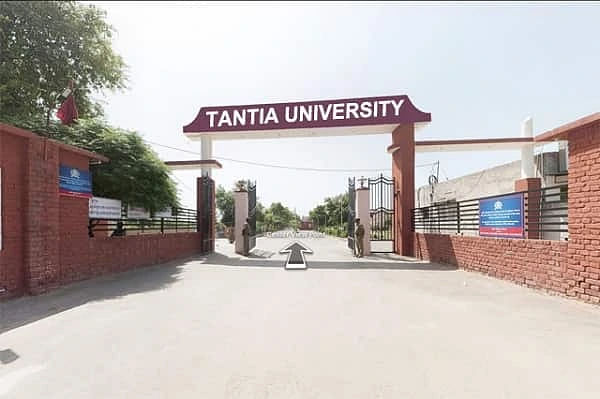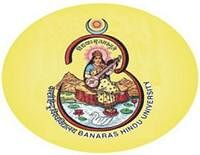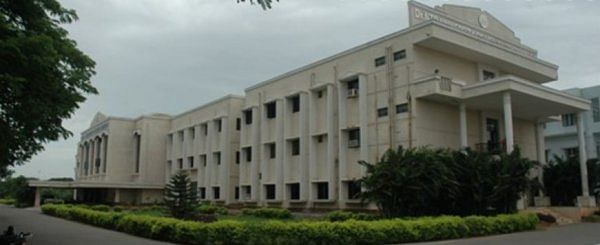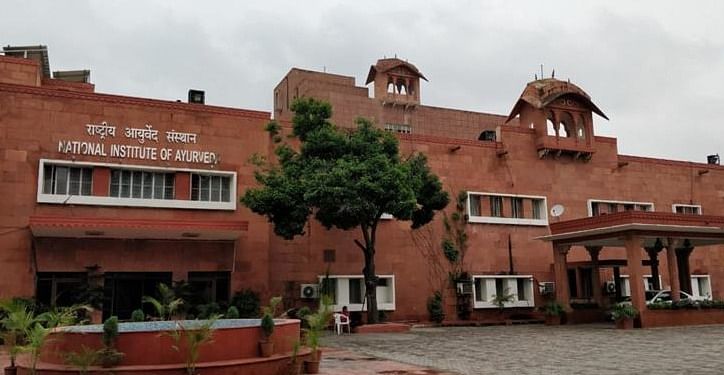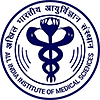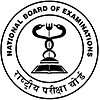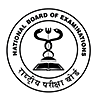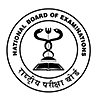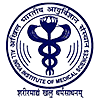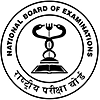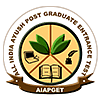MD Ayurveda Syllabus and Subjects

MD Ayurveda syllabus is a three-year postgraduate course in Ayurveda, divided into six semesters. MD In Ayurveda course is a comprehensive study in human health care through natural treatments and herbs, this course covers details of different kinds of techniques in surgery, disorders in surgery, surgical emergency, etc.
Semester Wise MD Ayurveda Syllabus
MD Ayurveda syllabus covers everything from medical science to lifestyle management and improving wellness at present times. The MD Ayurveda course aims to ensure that the students get an in-depth understanding of Ayurveda and its uses in real life. The syllabus includes topics like The History of The Ayurvedic System, Anatomy, Physiology, etc.
Semester-wise MD In Ayurveda subjects list is given in the table below:
MD Ayurveda First Year Syllabus
|
Semester I |
Semester II |
|
History of the Ayurvedic System |
Physiology |
|
Basic Principles of Ayurveda |
Koshthanga Sira Dhamani Srotas Sharir |
|
Anatomy |
Toxicology |
MD Ayurveda Second Year Syllabus
|
Semester III |
Semester IV |
|
Tantra Shaarira Evum Antah and Bahia Granthi Vigyani |
Garbha Shaarira |
|
Ayurvedic Pharmaceutical Science |
Charak Samhita |
|
Medical Statistics |
Sushrut Samhita & Ashtang-Hridayam |
MD Ayurveda Third Year Syllabus
|
Semester V |
Semester VI |
|
Pharmacology |
Ayurvediya and Darshanika Siddhanta |
|
Ayurved Itihassband Prayogika Siddhant |
Radiopharmaceuticals |
|
Research Methodology |
Dravyaguna Vigyan |
MD Ayurveda Subjects
MD In Ayurveda course offers both theoretical and practical aspects of the study. MD Ayurveda subjects include Ayurveda Pharmaceutical Science, Charak Samhita, Pharmacology, etc. The course curriculum includes core and elective subjects. The compulsory subjects include:
- History of the Ayurvedic System
- Basics Principles of Ayurveda
- Anatomy
- Toxicology
- Ayurvedic Pharmaceutical Science
MD Ayurveda Course Structure
MD In Ayurveda course structure includes both theory and practical (laboratory) papers and is curated for three years. The course structure is made in such a way that classroom training, practicals, and projects are included in the course curriculum, giving importance to practical knowledge as well. The course structure is given below:
- VI Semesters
- Core Subjects
- Elective Subjects
- Practicals
- Projects
MD Ayurveda Teaching Methodology and Techniques
The course curriculum of MD In Ayurveda takes into account different teaching methods. Classroom learning includes practical sessions in laboratories and hospitals for every student so that they can get hands-on experience in handling patients and providing solutions to their illnesses. Following are the teaching methodology and strategies used in general:
- Conceptualized Learning
- Traditional Classroom-Based Teaching
- Practicals
- Group Discussions
- Presentations
- Laboratory work
MD Ayurveda Projects
Projects are given to students to understand the concept of Ayurveda more in-depth and help students in getting hands-on experience. These projects need to be completed as and when given by the authorities, however, these are most likely to be given at the end of every semester. Some popular project topics for Md in Ayurveda are:
- Managing various diseases and validations of chikitsa-sutra and kriya-karma
- How lifestyle diseases in India can be prevented by using Ayurveda
- Investigate molecular targets and activities of Ayurvedic dosages
- Present in detail a description of the occupational hazards, diseases and managing ailments via Ayurveda
- How protocols develop tissues of endangered species of Ayurveda plants.
MD Ayurveda Reference Books
MD Ayurveda books is available both online and offline by many authors and publications. These books are meant for gaining an in-depth understanding of the concepts of Ayurveda and more. Books on Ayurveda for academic purposes differ according to specializations. Some of the reference books for the course in MD In Ayurveda are the following:
|
Name of the Books |
Authors |
|
The Indian Pharmaceutical Codex |
Mukherji |
|
A Textbook of Ayurvedic Physiology |
S B Kotur |
|
Handbook of Medical Herbs |
Dhananjay J. Deshpande, Agrobios |
|
Handbook of History of Ayurveda |
R. Vidyanath and K. Nishteswar |




